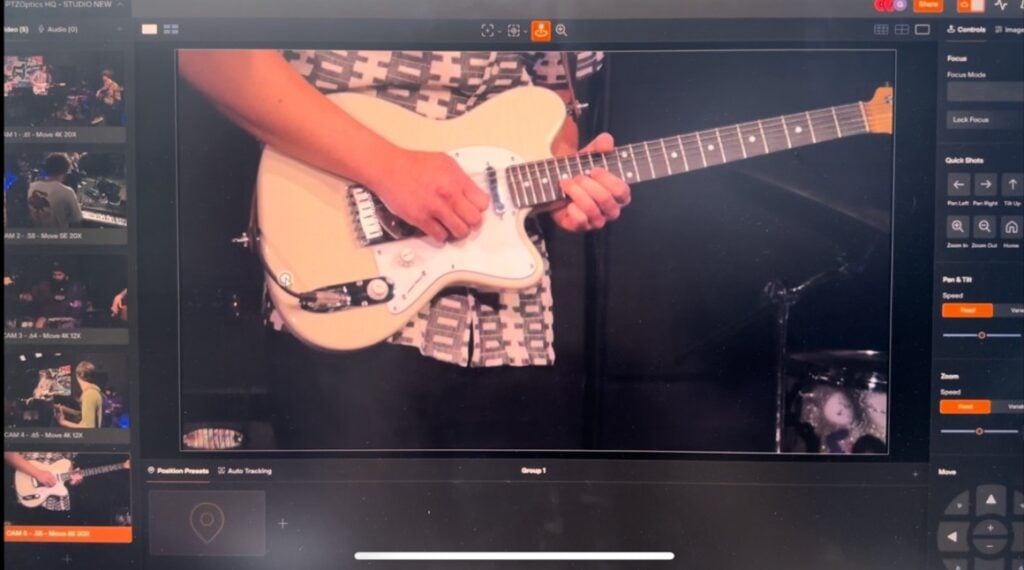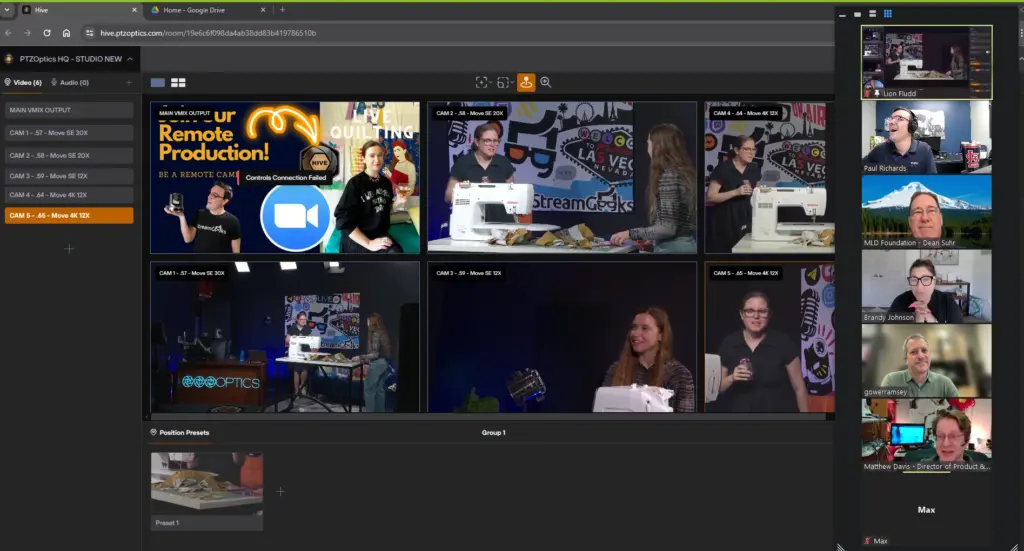How to use a Compressor on your Podcast Audio
Written by Paul Richards on September 18, 2018
Using a compressor and limiter for your podcast
Audio compression can make any podcast sound better. There are two types of audio compression that we use on our podcast to make our audio sound like it does on the radio. On our digital audio mixer will use a basic compressor and limiter to make sure that our podcast voices do not peak. This allows us to limit how loud each microphone can be by reducing the dynamic range of the signal through compression. The second type of compression that we will use come from VST3 plug-ins on our computer. These plug-ins combine EQ, compression, limiting and gating all in one convenient interface to provide a complete audio mixing chain that will quickly deliver a clear, warm and open sound. The compression on a digital audio mixer simply helps us prevent peaking in the VST3 plug-ins take compression the rest of the way.

Using a Compressor for your podcast
When you use the compression and limiter on your digital audio mixer you will have the ability to set a threshold for where you want the compressor to start. I generally recommend setting a high-level threshold of negative 1-5 dB for your compressor and limiter. Similar to the noise gate settings you will have the ability to set an attack and release to control how much time in milliseconds you would like the compressor to ramp up and down. Compressors work with a ratio that starts at 1:1 and goes to infinity. A ratio of infinity is complete silence. Compression will occur when the signal is above the threshold and the game will be reduced by the ratio set. For example a ratio of 4:1 means that when the input signal increases above the threshold by 4 dB the output signal is only increases by 1 dB. The higher the ratio, the more gain reduction occurs.
Now that our digital audio mixer is set up with the basic compressor let’s move on to understanding VST3 plugins and ASIO audio drivers in our next video.
Learn more about setting up a live streaming studio
- Check out our complete course for live streaming your podcast. This article includes everything you need to know about producing a podcast and live streaming that content here.
- Tips for setting up your next live streaming studio - here
- See how we setup our live streaming studio lighting - here
- Here is our review of the ASHLY DigiMix 18 which a great mobile audio mixer. See how to use ASIO audio drivers and live stream a music festival - here
Learn more about setting up a Podcast





